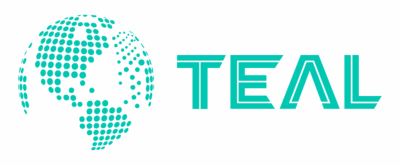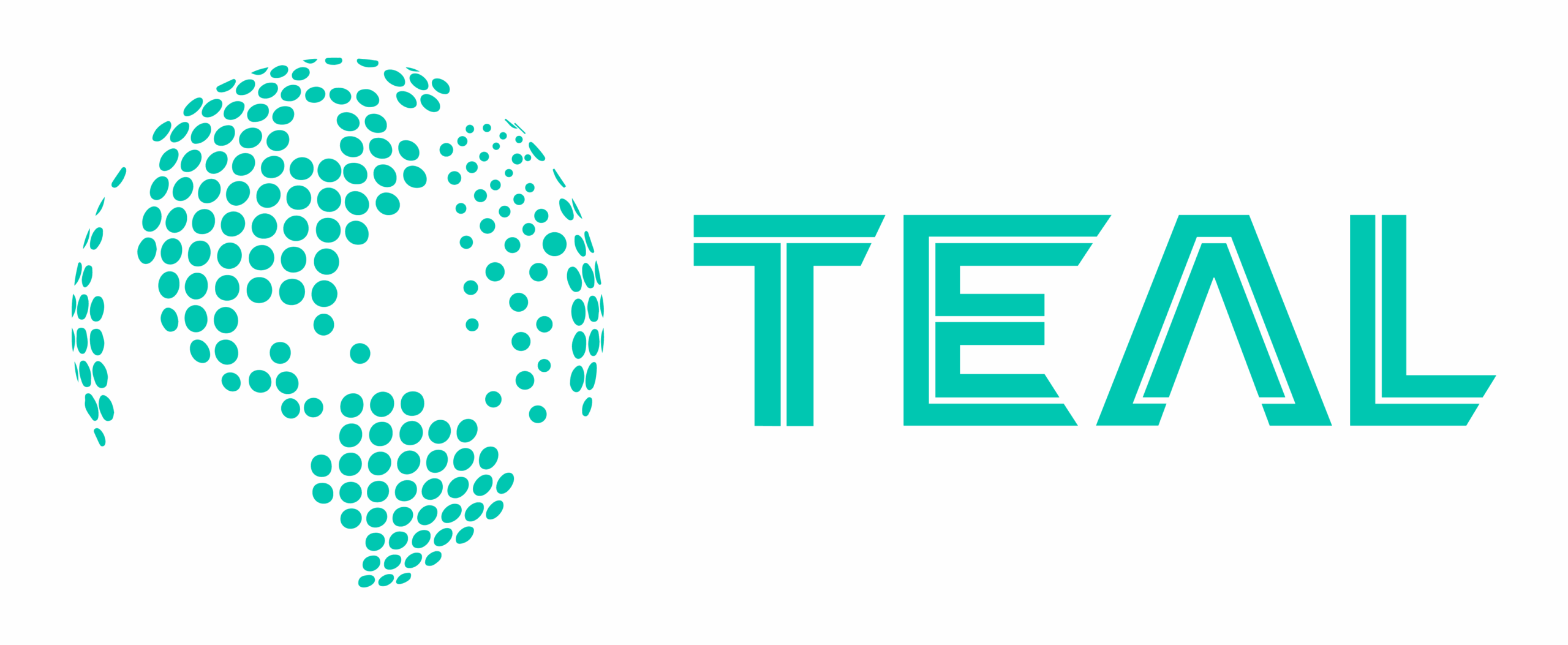How Next Generation Connectivity Solutions Are Powering the Future of Global Mining Operations

Unlocking The Power of Cellular IoT for International Mining Operations
Mining has always been a challenging and dangerous industry that requires advanced technology to protect workers and optimize operations. The Internet of Things (IoT) is transforming the mining industry by providing real-time data insights into every aspect of the mining process, from exploration to production, logistics, and safety. One of the key enablers of IoT technology in mining is eSIM (eUICC), which is replacing traditional SIM cards to provide more secure and flexible connectivity for IoT devices that are making a huge impact on mining operations. In this blog post, we will explore how eSIM is enabling an array of IoT technologies that are revolutionizing the mining industry.
What is an eSIM?
The ‘e’ stands for embedded. eSIMs come in multiple form factors and are similar to a traditional SIM, as eSIMs can be a physical, insertable chip (2FF/3FF/4FF). However, unlike traditional SIMs, eSIMs can also be soldered onto the motherboard of a device (MFF2). Companies like, Teal offer both plastic eSIM cards (like your standard SIM form factor) and embedded eSIMs that are compatible with any IoT device. This means that users can connect their devices onto any carrier network without having to physically swap out their SIM cards; all they need is access to an available network and the activation process is as simple as clicking a button. This makes connecting devices directly onto the right networks easier than ever before.
How is eSIM enabling mining technology?
IoT devices in mining require reliable and secure connectivity to transfer data between sensors, gateways, and cloud servers. eSIMs make it easy to connect and manage a large number of IoT devices across different locations, even in remote and harsh environments. eSIMs can be integrated into sensors, cameras, trucks, drills, conveyors, and other mining equipment to transmit and receive real-time data on factors such as temperature, humidity, pressure, vibration, and geolocation. This data can be used to optimize production, reduce downtime, enhance safety, and improve environmental sustainability.
What are the benefits of using eSIM for IoT in mining?
The benefits of using eSIM to connect IoT devices in the mining industry are multiple and include:
– Increased flexibility: eSIMs allow miners to choose and dynamically switch between multiple networks, depending on the location and coverage, without having to replace SIM cards manually.
– Reduced costs: eSIMs eliminate the need to manage multiple connectivity providers and contracts. With Teal, you can get access to connect onto any network worldwide via one eSIM SKU, and better yet, one bill. eSIMs also remove the need to physically manage SIM cards and their associated costs, and there’s no need to ever swap out SIMs in the field.
– Enhanced security: eSIMs use advanced security features such as encryption and digital certificates, to protect data transfers and prevent unauthorized access.
– Improved efficiency: eSIMs enable faster and more reliable connectivity, which can increase the efficiency and accuracy of data collection, analysis, and decision-making.
– Upgraded safety: eSIMs can provide real-time insights on the location and condition of workers and equipment, which can help prevent accidents, detect hazards, and respond to emergencies.
What are some examples of eSIM- enabled IoT solutions in mining?

Some of the eSIM-enabled IoT solutions that are currently used in mining include:
Real-Time Tracking and Monitory
IoT-based systems offer one of the critical features that mining operations need – real-time monitoring and tracking. With IoT sensors and tagging solutions, mining companies can track and monitor people, goods, and equipment in the mining environment. This is significant in both safety and efficiency aspects. In the safety aspect, companies can locate accidents as they happen and take quick action. In the efficiency aspect, companies can reduce the time consumed in tracking and coordinating material movement by the personnel. Thereby increasing performance, reducing costs, and ultimately increasing customer satisfaction.
Predictive Maintenance
When machinery or equipment failure happens in a mining environment, it can bring operations to a halt, resulting in a loss of time and money. However, with IoT sensors and data analytics, mining companies can detect and prevent equipment failures long before they happen. By collecting, storing, analyzing and processing equipment data, mining companies can identify patterns and predict when maintenance will most likely be required. Predictive maintenance can prevent the costs and damages of equipment downtime and enable mining companies to address the problem proactively in advance.
Remote Operations from Control Centers
In remote mining operations, personnel have to travel long distances to get to the mining site, which consumes time and risks personnel health. IoT has enabled mining operations to be remotely controlled from a control center, sometimes even from a remote location, through the use of sensors and advanced communication systems. Hence the personnel will not have to risk their safety by being present in hazardous mining areas, but still, the operations are managed efficiently, and the production speed is optimal. With true eSIM from Teal, IoT devices can easily connect and switch between networks over-the-air (OTA), making it easy to ensure that critical devices and sensors are always on.
Efficient Resource Management
Remote mining locations often lack access to resources such as water and power. Hence it is necessary to utilize them efficiently. IoT can help mining companies monitor, manage and optimize these resources. IoT sensors can be deployed to monitor the water and power usage on-site, giving insights on usage patterns, efficiencies, and potential leakage. This data can then be used for predictive modeling, enabling mining companies to optimize resource usage and reduce wastage.
Environmental Monitoring
eSIM-enabled sensors can measure the levels of air quality, noise, and dust, and offer insights on how to mitigate the impact of mining on the environment and nearby communities. Connected sensors detect changes in parameters such as water levels and pump performance, aiding in the efficient use of water resources. With IoT, companies can also better predict their site’s soil and rock characteristics, thereby reduce waste and minimize the impact on local flora and fauna.
Safety and Security
Mining has always been a challenging industry, especially when it comes to remote operations. With the increasing frequency of accidents and fatalities, mining companies worldwide have been seeking alternatives to improve extraction safety and efficiency.
Mining is an industry that faces a constant risk of accidents due to several inherent dangers. One of the most significant benefits of IoT in mining is that it enables the real-time monitoring of workers, activities, and locations. Tracking worker movements inside the mines with wearables and real-time audio/video surveillance helps identify problems before they become a significant safety hazard. If a miner sustains an injury deep inside a mine, an IoT device can alert emergency services to take appropriate action immediately. Moreover, IoT sensors also provide visibility into the environmental factors of working conditions. Devices can track the air quality, humidity levels, heat, and the presence of dangerous gases such as carbon monoxide.
What is Connecting the Future of Smart Mining?
With the rise of IoT in smart mining, we can expect a host of unparalleled advancements in the years to come. The advent of wearable technology such as smart helmets that can track workers biometrics to identify fatigue, stress, and heart rate is already making mining a safer occupation. Next, we can anticipate the introduction of robots to perform dangerous tasks rather than risking human life, thereby reducing accidents. With a connected, intelligent mine, advanced deep learning algorithms that understand mines’ complex dynamics can also be implemented.
When it comes to smart site management, eSIM is one of the key enablers of IoT technology in mining, providing reliable, secure, and flexible connectivity to a wide range of IoT devices. By using eSIM, global mining companies can ensure ‘always on’ connectivity for key technology that can streamline their operations, increase their efficiency, and ensure the safety of their workers and the environment. The adoption of eSIM is expected to accelerate in the coming years, as more mining companies recognize the benefits of IoT technology and seek to leverage them to stay competitive and sustainable.
With more operator agreements than any other connectivity provider, Teal’s GSMA certified eSIM technology helps to connect any device onto any network worldwide. Find out if eSIM technology can help your business, contact a Teal IoT expert today!
Recent Posts
CES 2026: The Connected Future, Through TEAL’s Lens
Teal Communications Staff2025-12-18T18:58:56+00:00
The Fastest Growing Company in the PNW isn’t an AI Startup… it’s TEAL
Teal Communications Staff2025-12-10T20:43:23+00:00
The Sky is the New Cell Tower: Satellites Are Reshaping the MNO Landscape
Teal Communications Staff2025-12-09T21:28:24+00:00




